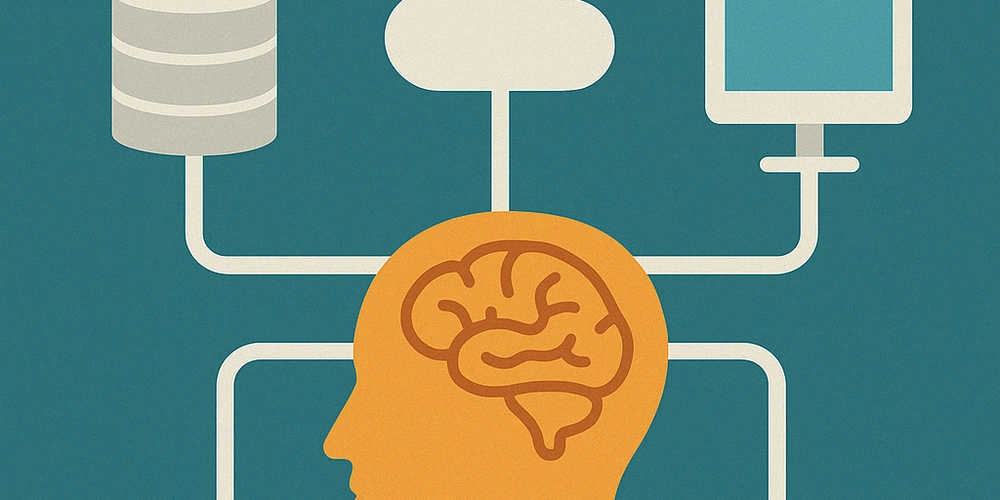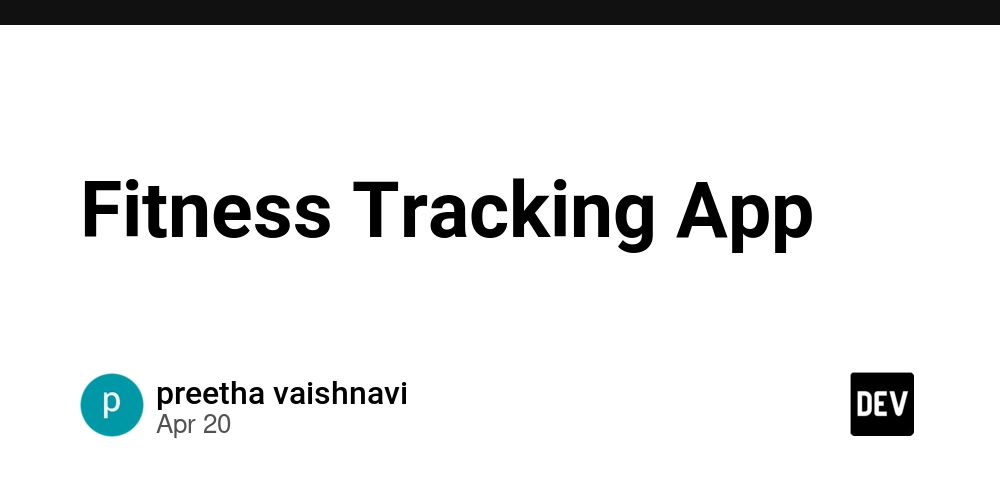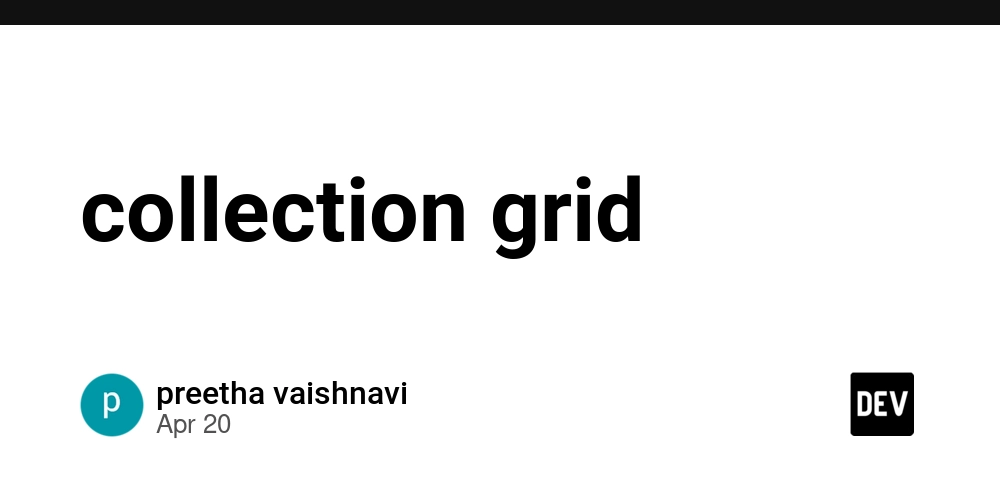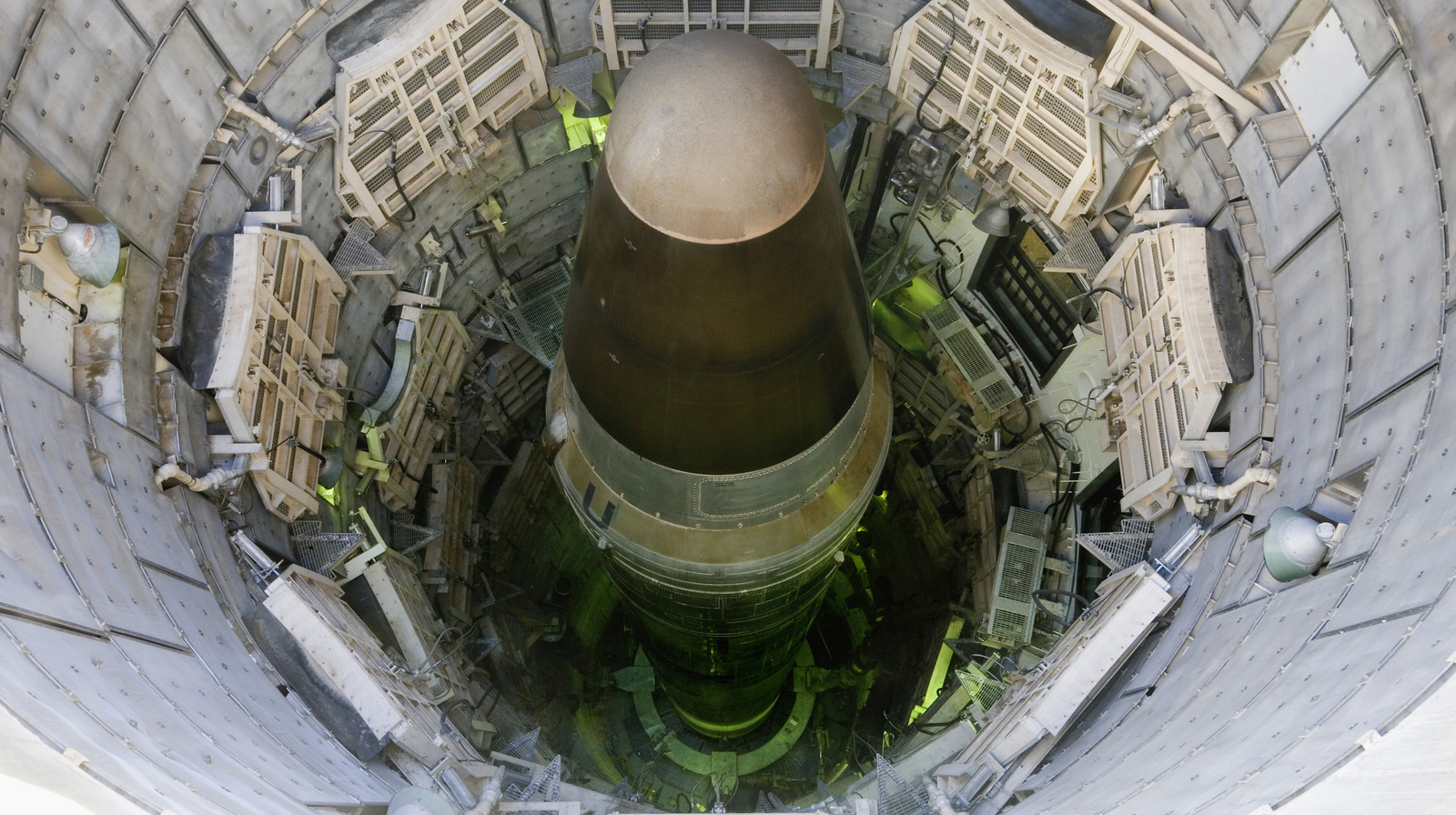The AI Bubble: A Modern Echo of the Dot-Com Era
In the late 1990s, the world witnessed the meteoric rise and subsequent crash of the dot-com bubble. Fast forward to 2025, and...


In the late 1990s, the world witnessed the meteoric rise and subsequent crash of the dot-com bubble. Fast forward to 2025, and a similar narrative unfolds with artificial intelligence (AI) at its core. The parallels between these two technological booms are striking, yet the differences are equally noteworthy. Let's delve into the data-driven journey of AI's rise and its uncanny resemblance to the dot-com era.
The Catalyst: Mosaic vs. ChatGPT
The dot-com era's ignition point was the release of the Mosaic web browser in 1993, which democratized internet access. Similarly, AI's mainstream breakthrough came with OpenAI's ChatGPT in November 2022. Remarkably, ChatGPT amassed over 100 million users within just two months, making it the fastest-growing consumer application in history.
Investment Frenzy: Then and Now
During the dot-com boom, venture capitalists poured billions into internet startups, many of which lacked viable business models. Today, AI startups are experiencing a similar influx. In 2024, AI investments surged by 62% to reach $110 billion, even as overall startup funding declined by 12% . Notably, AI startups secured 57.9% of global venture capital investments in Q1 2025, a significant increase from 28% in the same period the previous year .
Market Dynamics: Public vs. Private Funding
A key difference between the two eras lies in the funding mechanisms. The dot-com bubble was characterized by numerous IPOs, exposing retail investors to high-risk ventures. In contrast, the current AI boom is predominantly fueled by private investments from tech giants like Microsoft, Alphabet, and Amazon. For instance, Microsoft confirmed a $10 billion investment into OpenAI in January 2023.
Valuation Metrics: A Comparative Lens
Valuation metrics further highlight the differences. During the dot-com peak, the average price-to-earnings (P/E) ratio of Nasdaq 100's top stocks was about 80.1x. In contrast, the current average P/E ratio stands at approximately 32.5x, suggesting more stable and legitimate valuations today.
The Role of Tech Giants: Then and Now
In the late 1990s, companies like AOL and Yahoo were at the forefront, but many lacked sustainable business models. Today, established tech giants are leading the AI charge. Nvidia, for example, experienced a 1,000% stock increase between the launch of ChatGPT in November 2022 and its peak in January 2025. However, it's worth noting that Nvidia's stock has since faced challenges, including a 20% year-to-date decline in 2025.
Potential Pitfalls: Lessons from the Past
While the AI boom shares similarities with the dot-com era, it's essential to recognize the differences. The current AI investments are largely driven by profitable tech giants, whereas the dot-com bubble was fueled by speculative investments in unproven startups. However, the risk remains that if AI doesn't deliver on its promises, the market could face a significant correction.
The AI boom of 2025 mirrors the dot-com bubble in many ways, from rapid user adoption to massive investments. However, the differences in funding sources, valuation metrics, and the involvement of established tech companies suggest a more stable foundation. As with any technological revolution, it's crucial to balance optimism with caution, ensuring that investments are grounded in reality rather than hype.









































































































































































![[The AI Show Episode 144]: ChatGPT’s New Memory, Shopify CEO’s Leaked “AI First” Memo, Google Cloud Next Releases, o3 and o4-mini Coming Soon & Llama 4’s Rocky Launch](https://www.marketingaiinstitute.com/hubfs/ep%20144%20cover.png)




























































































































![[DEALS] The All-in-One Microsoft Office Pro 2019 for Windows: Lifetime License + Windows 11 Pro Bundle (89% off) & Other Deals Up To 98% Off](https://www.javacodegeeks.com/wp-content/uploads/2012/12/jcg-logo.jpg)




























![Is this too much for a modular monolith system? [closed]](https://i.sstatic.net/pYL1nsfg.png)






















































































































_Andreas_Prott_Alamy.jpg?width=1280&auto=webp&quality=80&disable=upscale#)






























































































![What features do you get with Gemini Advanced? [April 2025]](https://i0.wp.com/9to5google.com/wp-content/uploads/sites/4/2024/02/gemini-advanced-cover.jpg?resize=1200%2C628&quality=82&strip=all&ssl=1)












![Apple Shares Official Trailer for 'Long Way Home' Starring Ewan McGregor and Charley Boorman [Video]](https://www.iclarified.com/images/news/97069/97069/97069-640.jpg)
![Apple Watch Series 10 Back On Sale for $299! [Lowest Price Ever]](https://www.iclarified.com/images/news/96657/96657/96657-640.jpg)
![EU Postpones Apple App Store Fines Amid Tariff Negotiations [Report]](https://www.iclarified.com/images/news/97068/97068/97068-640.jpg)
![Apple Slips to Fifth in China's Smartphone Market with 9% Decline [Report]](https://www.iclarified.com/images/news/97065/97065/97065-640.jpg)



































































































































